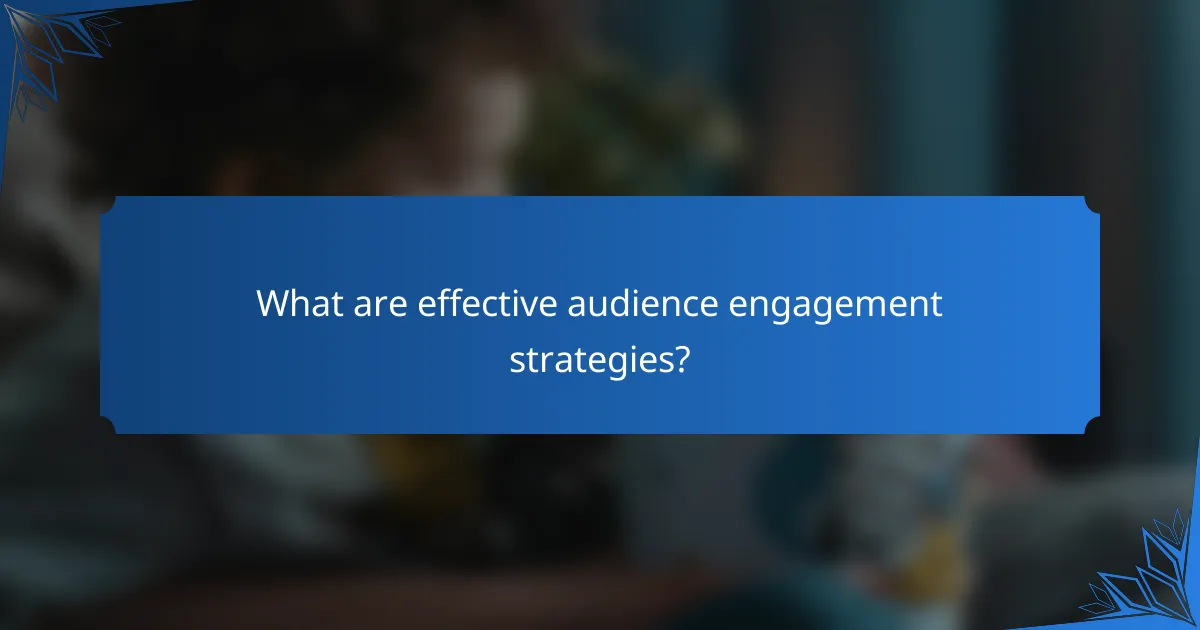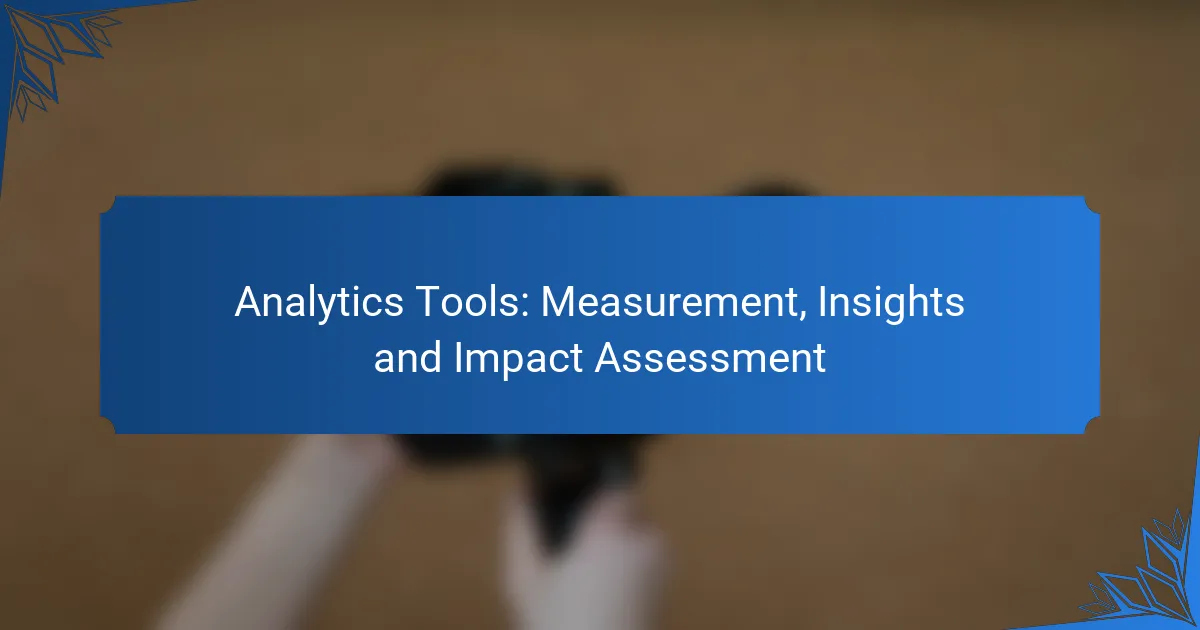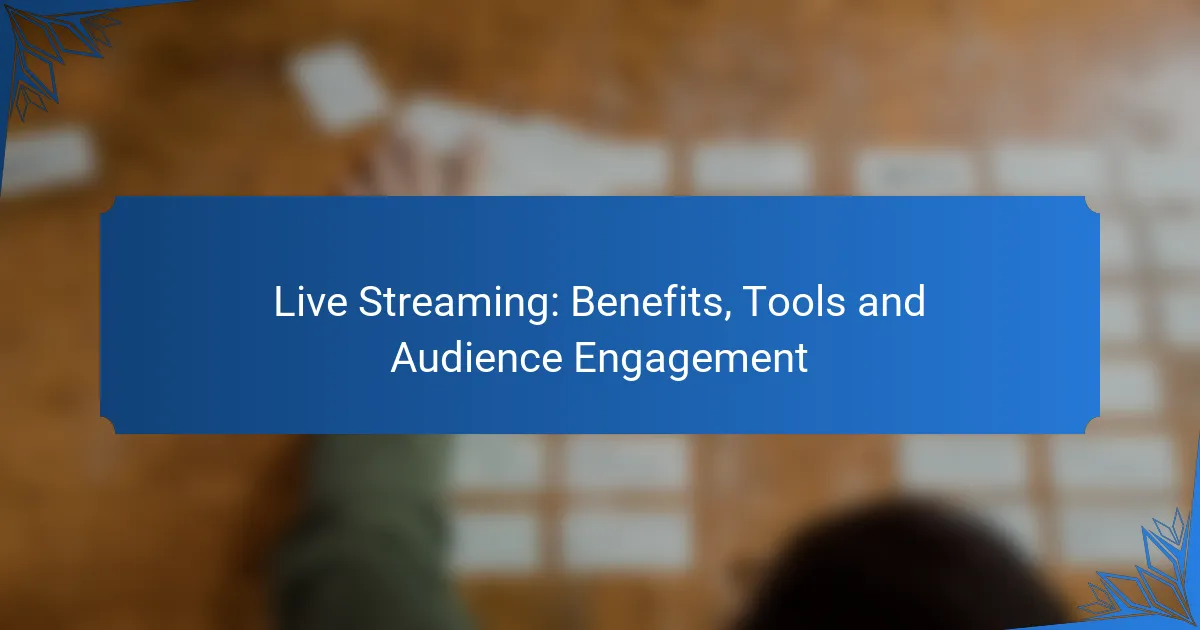Podcasts have become a powerful medium for storytelling and information sharing, making the choice of format essential for audience engagement. By understanding your goals and target audience, you can select a format that resonates and fosters meaningful interactions. Additionally, effective distribution strategies are key to expanding your reach and maintaining listener loyalty.

How to choose the right podcast format?
Choosing the right podcast format is crucial for engaging your audience and delivering your content effectively. Consider your goals, target audience, and the type of content you want to produce when selecting a format.
Interview format
The interview format involves hosting guests to discuss specific topics, providing diverse perspectives. This format can attract listeners interested in expert opinions and personal stories.
When using this format, prepare thoughtful questions and allow for organic conversation. Aim for a balance between structure and spontaneity to keep the dialogue engaging.
Narrative storytelling
Narrative storytelling podcasts weave a tale, often using a mix of interviews, sound effects, and music to create an immersive experience. This format is effective for captivating audiences through compelling narratives.
Consider structuring your episodes around a central theme or storyline, and use vivid descriptions to draw listeners in. This format may require more production time but can lead to a loyal following.
Roundtable discussions
Roundtable discussions feature a group of participants sharing their insights on a topic, fostering dynamic conversations. This format encourages debate and can provide multiple viewpoints on complex issues.
To ensure a smooth discussion, set clear guidelines and time limits for each speaker. This helps maintain focus and keeps the conversation flowing without becoming chaotic.
Solo commentary
Solo commentary involves a single host sharing their thoughts or insights on a subject. This format allows for a personal touch and can be easier to produce, as it requires no coordination with guests.
When using this format, focus on delivering valuable content and maintaining a conversational tone. Keep episodes concise to hold listeners’ attention, ideally ranging from 10 to 30 minutes.
Hybrid formats
Hybrid formats combine elements from various podcast styles, such as interviews mixed with narrative storytelling. This approach can cater to diverse audience preferences and keep content fresh.
Experiment with different combinations to find what resonates with your listeners. Be mindful of pacing and coherence to ensure that the transitions between formats feel natural and engaging.

What are effective audience engagement strategies?
Effective audience engagement strategies for podcasts focus on creating meaningful interactions with listeners, fostering a sense of community, and encouraging feedback. By implementing various methods, podcasters can enhance listener loyalty and increase overall reach.
Listener feedback integration
Integrating listener feedback is crucial for improving content and building a loyal audience. Encourage listeners to share their thoughts through surveys, emails, or voice messages, and actively incorporate their suggestions into future episodes. This not only shows that you value their opinions but also helps tailor content to their preferences.
Consider using platforms like Google Forms or SurveyMonkey to gather structured feedback. Aim to review feedback regularly, perhaps after every few episodes, to identify common themes and actionable insights.
Social media interaction
Social media is a powerful tool for engaging with your podcast audience. Use platforms like Twitter, Instagram, or Facebook to share episode highlights, behind-the-scenes content, and engage in conversations with listeners. Regularly posting and responding to comments can create a vibrant online community.
Establish dedicated hashtags for your podcast to encourage discussions and allow listeners to share their thoughts. Consider hosting polls or asking questions related to your episodes to stimulate interaction and gather insights on listener preferences.
Live Q&A sessions
Hosting live Q&A sessions can significantly enhance audience engagement by providing a platform for direct interaction. Schedule these sessions on platforms like YouTube or Instagram Live, where listeners can ask questions in real-time. This format allows for spontaneous discussions and deeper connections with your audience.
Promote these events in advance to maximize participation, and consider addressing common listener questions or topics of interest during the session. This not only engages your current audience but can also attract new listeners who are curious about your content.
Community building
Building a community around your podcast fosters loyalty and encourages ongoing engagement. Create dedicated spaces, such as Facebook groups or Discord servers, where listeners can connect with each other and discuss episodes. This sense of belonging can enhance listener retention and encourage word-of-mouth promotion.
Regularly participate in these communities by sharing exclusive content, hosting discussions, or organizing events. Consider offering incentives, like merchandise or shout-outs, to encourage active participation and make your audience feel valued.

How to distribute podcasts effectively?
Effective podcast distribution involves selecting the right hosting platforms, managing your RSS feed, and leveraging social media and cross-promotion strategies. These steps help ensure your podcast reaches a wider audience and engages listeners consistently.
Podcast hosting platforms
Choosing a reliable podcast hosting platform is crucial for effective distribution. Popular options include Libsyn, Podbean, and Anchor, each offering various features like analytics, monetization, and ease of use. Consider your budget and the specific needs of your podcast when selecting a host.
Look for platforms that provide unlimited storage and bandwidth, as these will allow you to upload episodes without worrying about limits. Additionally, ensure the platform supports easy integration with directories like Apple Podcasts and Spotify.
RSS feed management
An RSS feed is essential for distributing your podcast to various platforms. It acts as a central hub that automatically updates when you release new episodes, ensuring listeners receive the latest content. Regularly check your RSS feed for errors or broken links to maintain a smooth distribution process.
Utilize tools provided by your hosting platform to manage your RSS feed effectively. Ensure that all metadata, such as episode titles and descriptions, are optimized for search engines to enhance discoverability.
Cross-promotion with other podcasts
Cross-promotion is a powerful strategy to expand your audience. Collaborate with other podcasters in your niche to feature each other’s shows, whether through guest appearances or shout-outs. This can introduce your podcast to new listeners who are already interested in similar content.
Consider creating a shared episode or a series of promotional swaps to maximize exposure. Track the effectiveness of these collaborations by monitoring listener growth and engagement metrics after the promotions.
Utilizing social media channels
Social media is a vital tool for promoting your podcast and engaging with your audience. Platforms like Instagram, Twitter, and Facebook allow you to share episode highlights, behind-the-scenes content, and interact with listeners directly. Create a content calendar to maintain a consistent posting schedule.
Utilize targeted ads on social media to reach potential listeners who fit your demographic. Engaging visuals and compelling calls to action can significantly enhance your reach and encourage shares, further amplifying your podcast’s visibility.

What are the key metrics for podcast success?
The key metrics for podcast success include download statistics and listener retention rates. These metrics help podcasters understand their audience engagement and the overall performance of their content.
Download statistics
Download statistics indicate how many times a podcast episode has been downloaded, serving as a primary measure of its reach. A successful podcast typically sees downloads in the low thousands within the first week of release, with higher numbers indicating a growing audience.
To effectively track downloads, use analytics tools provided by hosting platforms. These tools can offer insights into trends over time, helping you identify which episodes resonate most with listeners.
Listener retention rates
Listener retention rates measure how long an audience stays engaged with a podcast episode. High retention rates suggest that listeners find the content valuable and are likely to return for future episodes. Aim for retention rates above 60% to indicate strong engagement.
To improve retention, focus on delivering quality content that captivates your audience from the start. Consider using storytelling techniques or engaging interviews to maintain interest throughout the episode.



